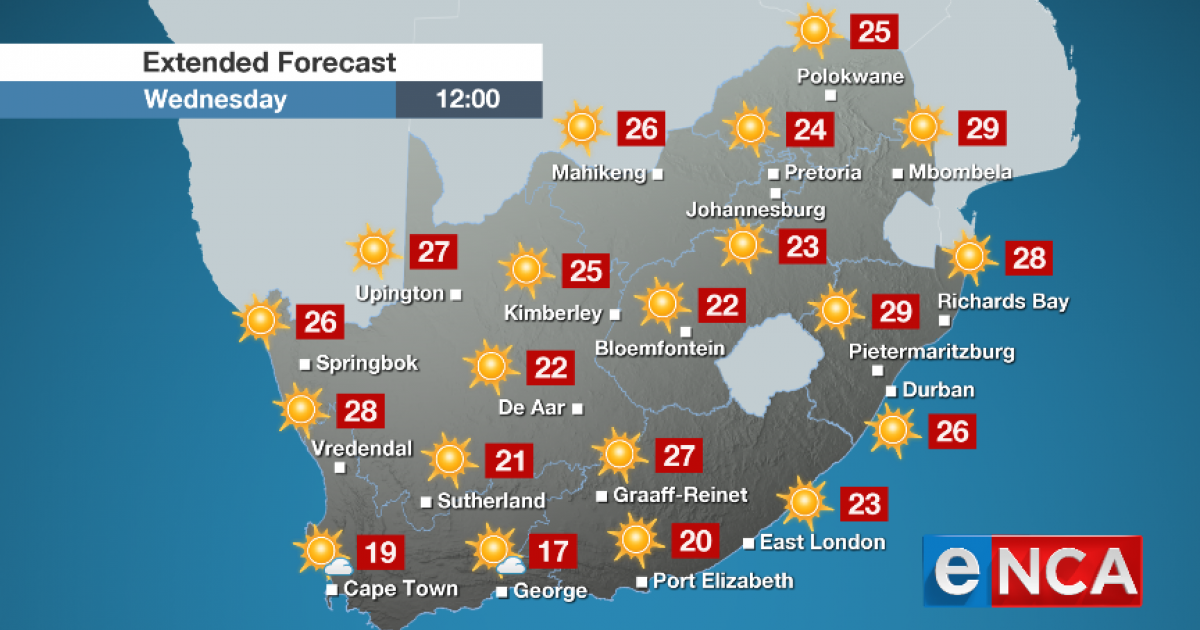
The weather element includes type, probability, and intensity information. Weather for the State of Colorado, with current conditions and weather forecast information across the state. The country experiences a rainfall gradient from the northwest to the south and east. Expected weather (precipitating or non-precipitating) valid at the indicated hour. For the country’s austral summer (December to February), the Amazon Basin receives a significant increase of precipitation. Typically, early October marks the beginning of monsoon season in tropical Brazil. Climate variability across the country is driven by the South American Monsoon System (SAMS), the El Niño Southern Oscillation (ENSO), and the Inter Tropical Convergence Zone (ITCZ). Notably, northeast Brazil exhibits a semi-arid climate, receiving less than 700 mm per year of rain. Highs in the upper 50s and lower 60s and lows in the. Colder temperatures move in for next week. Meanwhile, southern Brazil is characterized by a humid subtropical climate. The best chance of rain looks to be Saturday night into Sunday. This will reach its peak on Monday evening. There may also be thunder and lightning, and travel conditions will be difficult at best. This will mean winds from 13 to 20 metres per second, with gusts reaching up to 35 metres per second. Dominated by equatorial and tropical climates, northern and central Brazil receives frequent rainfall and experiences higher temperatures. Come 14:00, the second phase of the storm begins, in southwest Iceland. Campinaranas are found primarily in the Amazon and in the Rio Negro Watershed. A jet stream heading towards the country could fire up storms in Ireland as the week progresses. Steppe savannah formations appear mainly in the Northeastern Caatinga and in the plateaus and prairies in the far southern areas of Brazil, in the Pampa biome. Brazil’s forest formations occupy most of the national territory, and include humid and seasonal forests, which appear most commonly in the Amazon and Atlantic Forest. Savannas are predominant in the Cerrado, but they also appear in other regions of the country, including the Amazon.

The Amazon forest drives rainfall conditions across the South American continent, and is a critical factor to the planet’s energy balance. Just a little more than 2 inches of rain fell in Moline, Illinois, on June 25, shattering the old daily rainfall. Brazil experiences equatorial, tropical as well as sub-tropical climates. According to the National Weather Service, 12 of those days happened in a row.

Brazil’s vast territory is home to an extraordinary mosaic of ecosystems, which parallel its climatic and topographic diversity.


 0 kommentar(er)
0 kommentar(er)
